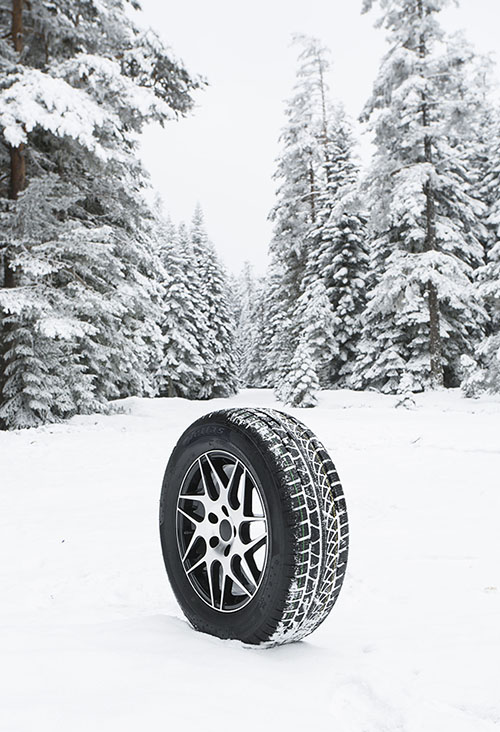by iStorage
Are you wondering “how long do snow tires last” in the midwest? You’ve come to the right place. Slick roads in the winter can be a nightmare. Unfortunately, winter drives are something most of us midwesterners know all too well. When it comes to vehicles in the snow, tires are obviously essential. So why aren’t more of us stocking up on snow tires? Unlike other countries, snow tires aren’t mandatory in the US. However, they’re proven to help drivers stay safe and save some money in the long run. So save yourself some dough, and ask the question, how long do snow tires last?
Many people are under the impression that snow tires don’t last as long as regular tires. While they require more care, you can get some life out of snow tires. Be sure to put on your snow tires as soon as the first snowfalls and take them off when spring hits. The average winter tires will last 3-4 seasons. We recommend storing your tires as the softer rubber will wear out fast during warm weather.
Michigan snows a LOT. Ann Arbor gets, on average, about 57 inches. The first snowfall in Michigan is generally in November, and the last is in April. Therefore, we recommend putting on snow tires in November and taking them off in April if you’re in Michigan.
If you’re from Minnesota, you’re well aware that it snows more than the rest of the midwestern states. Minnesota varies from 36 inches of snow in the southwest to 70 inches along Lake Superior. The first snow can happen in October, and the last snowfall is typically in April. Therefore, we recommend having your tires on October through April.
Illinois is quite a snowy place as well.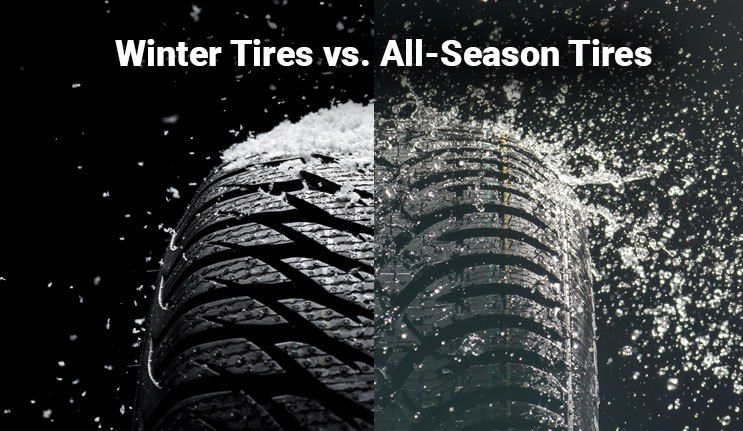 The average annual snowfall exceeds 38 inches in Chicago alone. It tends to start snowing in Illinois from the end of October to mid-April. Make sure to put those bad boys on October through April.
The average annual snowfall exceeds 38 inches in Chicago alone. It tends to start snowing in Illinois from the end of October to mid-April. Make sure to put those bad boys on October through April.
Believe it or not, Kansas can be pretty rough in the winter too. The state-wide average snowfall comes out to about 19 inches per season. However, Kansas has a later winter. The first snowfall is typically in December and can last until March. We suggest that you use snow tires during these months in Kansas.
Columbus, OH, sees about 22 inches of snow a year. Its first snowfall is usually in November. October can get a light snow flurry, but that’s uncommon. The season’s last snowfall in most years happens in April. So use those tires from late October to April.
A misconception many people have is that 4-wheel drive vehicles don’t need snow tires. The truth is, 4-wheel drive helps control your tires but doesn’t help them to stop or turn in winter weather.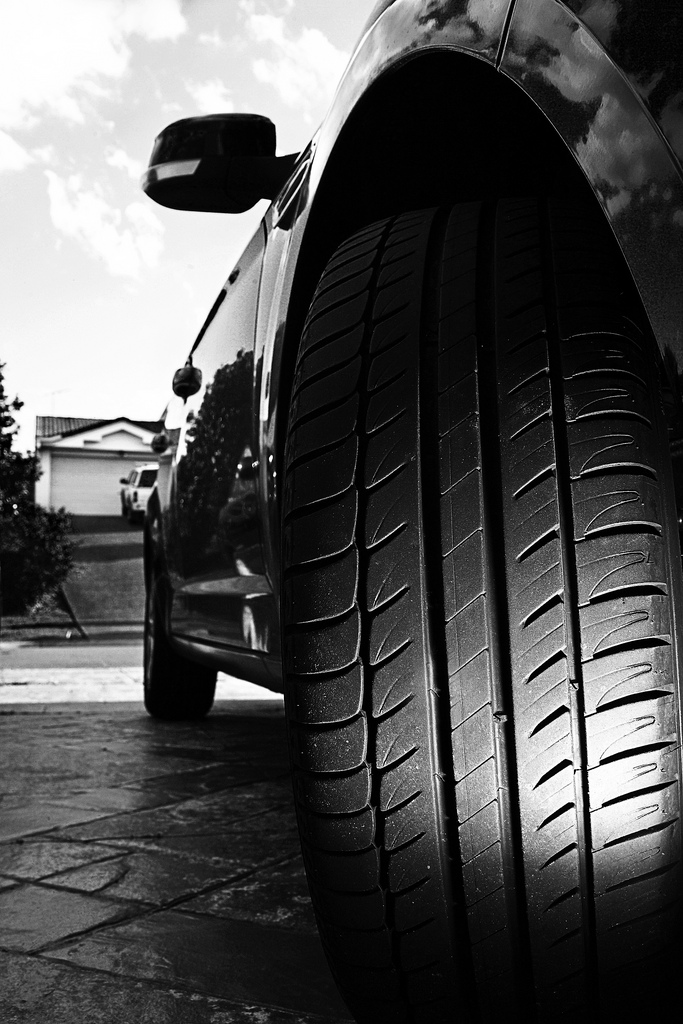 Stopping is the most vital aspect to keep in mind. No amount of 4-wheel drive will help your vehicle stop faster on snow or ice. Regular tires don’t have the tread design to push snow or ice out of the way. They also aren’t flexible enough in low temperatures, and so don’t grip the road nearly as well.
Stopping is the most vital aspect to keep in mind. No amount of 4-wheel drive will help your vehicle stop faster on snow or ice. Regular tires don’t have the tread design to push snow or ice out of the way. They also aren’t flexible enough in low temperatures, and so don’t grip the road nearly as well.
One of the most significant stumbling blocks people have with snow tires is where to store them. The truth is, tires are rather large and take up a lot of space. When you consider that the average American home has three cars, that’s 12 extra tires to store. That’s why so many people use iStorage to store their snow tires every year.
iStorage has locations all over, including Michigan, Illinois, Minnesota, Ohio, and Kansas. Our facilities are clean and secure. Even better, we only use month-to-month leases on our storage units. That means you’ll never be in a long-term contract.
If the question is, “how long do snow tires last,” you can bet that they’ll last longer if they’re stored correctly.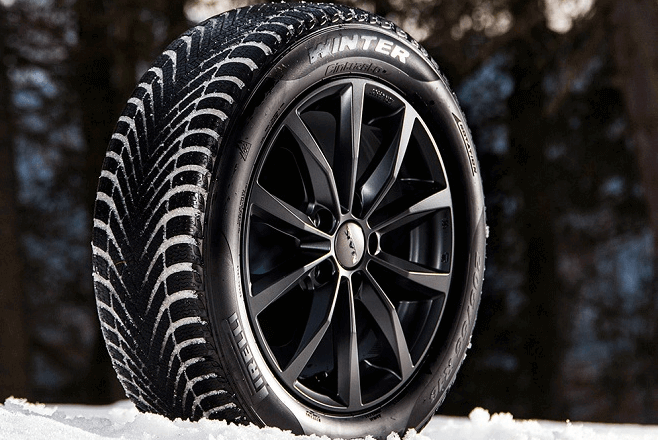 Of course, you can store anything you like in a storage unit from iStorage. We can even store your RV, boat, or truck. If you have any questions, you can chat with one of our friendly managers online. Until then, be safe out there on the roads this winter.
Of course, you can store anything you like in a storage unit from iStorage. We can even store your RV, boat, or truck. If you have any questions, you can chat with one of our friendly managers online. Until then, be safe out there on the roads this winter.
One of the biggest misconceptions about winter tires is how long they last. And we are here to tell you that it’s not true and they have reliable durability.
Winter tires are the most reliable option for cold weather and they have a solid tread life too. The average winter tire will last over 30,000 miles or for at least five winter seasons when taken care of properly. This will vary based on usage for each driver, but they consistently last long.
Winter tires last longer when they are inflated properly and used in the correct conditions. They are also extremely reliable when the weather gets cold and the snow starts to fall, helping to improve the durability of your vehicle too. This guide will explain exactly how long winter tires typically last.
This guide will explain exactly how long winter tires typically last.
Our experts prepare for the winter months by testing different winter and snow tires to gauge performance and longevity. The objective is to get accurate estimates about winter tire tread life to help consumers make more informed tire purchases.
One of the most important elements of a winter tire is the tread. They are designed to be softer with wider contact patch areas to enhance the traction capabilities in colder temperatures and on slippery roads.
Winter tires last for at least 3 winter seasons, but they will wear down faster than a typical all-season tire. This is because of the pressure in the tire changes due to cold weather and the difficult conditions they face.
Understanding the durability of winter tires is important for consumers who are planning to buy them in the fall to prepare for the cold weather. If you use them correctly and avoid letting them get exposed to heat, they will provide you with four months’ worth of wear every winter for 3-5 seasons.
While there is no specific life expectancy for snow tires, various tire manufacturers claim that a set of winter tires can serve you through all four seasons. Apart from the life expectancy of a snow tire, many tire manufacturers estimate that you will have at least four seasons of wear.
With winter comes tough road conditions that justify tires for ice and snow. Snow-covered roads and ice in winter can make it slippery and unwieldy on hard rubber tires. The tread and rubber of winter tires wear faster than at warmer temperatures.
Warm temperatures can cause your winter tires to lose their handling characteristics because they are softer and more flexible than summer tires during the season.
Allowing winter tires to run longer as temperatures get warmer increases the wear on the compound, allowing them to remain flexible in freezing temperatures but wear out on warmer roads.
Driving in wintry conditions means that your tires are subject to different wear and tear than in summer.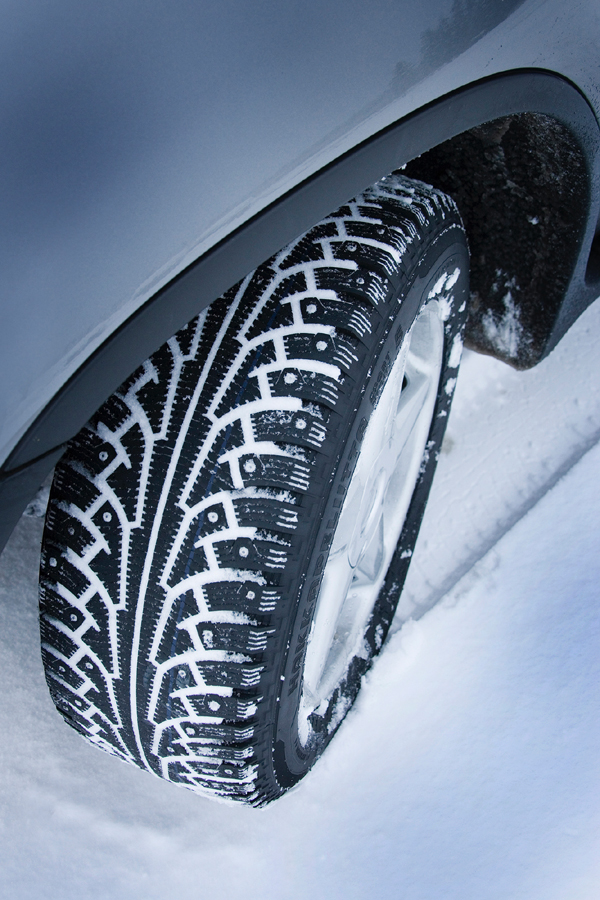 The treadwear on winter tires depends on how many miles you drive per month and how often you drive on snowy roads. In general, the softer treads of winter tires wear faster at warmer temperatures.
The treadwear on winter tires depends on how many miles you drive per month and how often you drive on snowy roads. In general, the softer treads of winter tires wear faster at warmer temperatures.
Driving winter tires all year round is a compromise between optimum tread wear and expensive tire changes throughout the season. You can benefit from softer compound tires with a winter-oriented construction because it is better for the season than summer tires.
If you have invested in the added safety of winter tires, switching to a set of out-of-season summer tires at the right time can help to extend the life of winter tires and save money. By driving winter tires out of season, you will certainly cause them to wear quicker than expected too.
We all like winter tires because they provide more traction than summer tires and also make sure that we can drive on snow or ice without having to worry about breaking down completely. However, some drivers opt to avoid winter tires.
However, some drivers opt to avoid winter tires.
Year-round radial tires are designed to work well in a variety of weather conditions, including parts of winter. However, they are not guaranteed to work well in heavy snow and ice and can lose traction at temperatures below freezing.
Summer tires are designed to withstand warmer temperatures and offer a longer service life. They cannot handle winter conditions and this is why it is best to rely on a winter tire during this time.
Snow tires are a great way to keep you and your vehicle safe on icy roads in winter. With deep tread depths and special tread designs that make snow and winter tires ideal for bad winter weather and extreme cold driving conditions.
The winter tire tread patterns and sipes are designed to bite snow and mud and to transport them away with additional tread depth to ensure the best traction on the road.
They can last for multiple winter seasons if taken care of properly too. It is estimated that the average driver puts 5,000 miles per winter on their tires in the United States.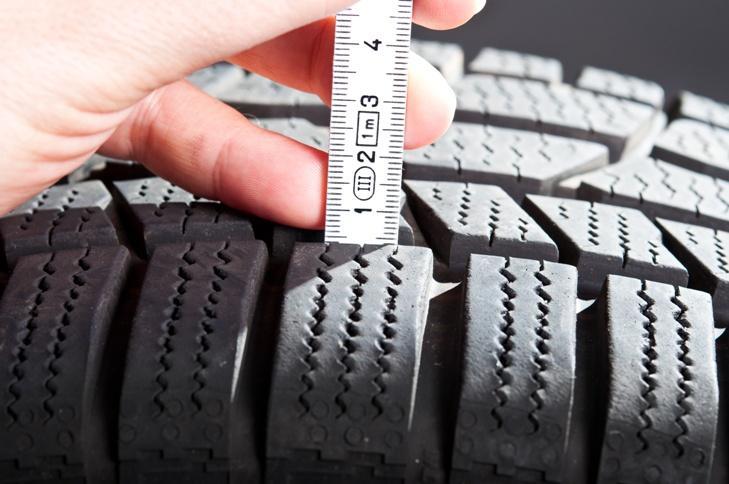 This would mean that the average winter tire could last nearly five full winter seasons before significant wear.
This would mean that the average winter tire could last nearly five full winter seasons before significant wear.
The convenient thing about purchasing winter tires is you typically get plenty of usage out of them before it is time to find a new set. This makes it a hassle-free investment that you know will be something you can rely on each winter.
However, like most things, if you fail to take care of your winter tires they will wear down much faster. Here are a few tips on how you can make your winter tires last longer.
The key to making your winter tires last longer is using them at the right times. This means waiting to install them on your vehicle until after the warm weather has passed and removing them before the spring gets too warm again.
By following this simple step, you can avoid unnecessary wear on your tires. The heat is the number one enemy to a winter tire and the stronger rubber compounds become extremely susceptible when exposed to summer conditions.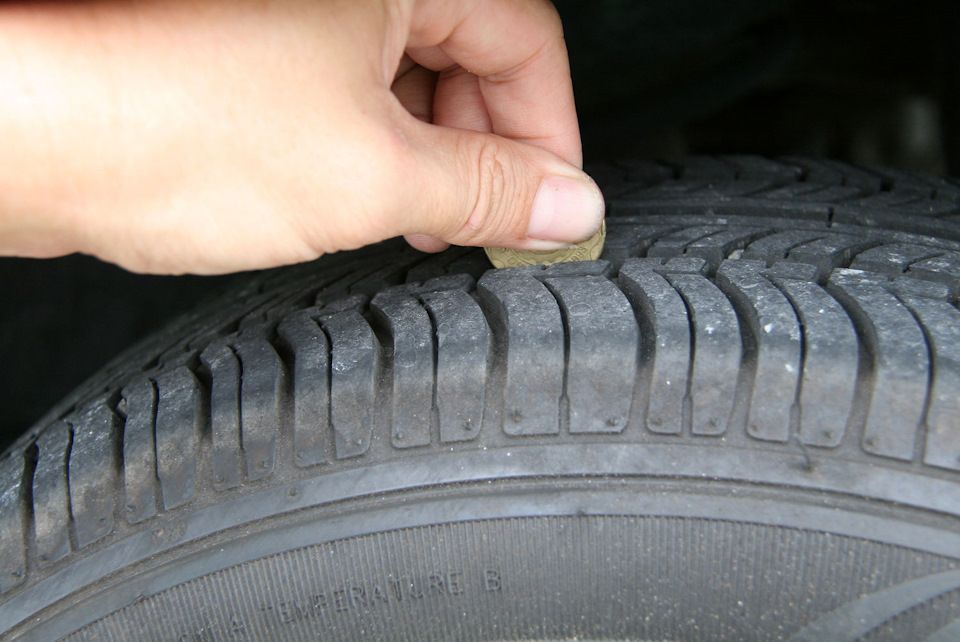
Tire pressure is one of the most important factors in creating a long-lasting tire. When you drive on a poorly inflated tire, you put unnecessary weight and wear on it and cause it to degrade the critical rubber treads.
This is especially important in the winter when the air inside the tire condenses during freezing temperatures. By slightly overinflating your tire in the winter, you can ensure it will remain strong enough to drive during the cold.
It is best practice to check tire pressure every few weeks during the winter just to stay on top of it, especially if you are experiencing harsh conditions.
The treadwear warning on winter tires is a great example of how you can consistently check your tire for wear and tear. It is a good indicator for when you should consider making the change to a new set of tires too.
You can also take a coin and check the tread depth to ensure you have enough left to handle snow and ice. If the treads become too deep, that means you are losing the ability to properly grip the roads when you need it most.
If the treads become too deep, that means you are losing the ability to properly grip the roads when you need it most.
The last step you can take to make your winter tires last even longer is by properly storing them during the off-season so they are ready when the winter arrives again. You should always start by cleaning them after removing them from your vehicle.
After they are clean, it is best practice to put them inside durable bags to keep them safe during storage. If you have a cool, dark area this would be ideal for storage because sunlight and hot temperatures can cause unnecessary wear.
Consumer disputes over the age of tires have not subsided for several seasons. Buyers are excited that the warranty period for tires is limited to 5-6 years according to GOST, and after the expiration of this period, the rubber becomes unusable.
Is this really the case, read this article.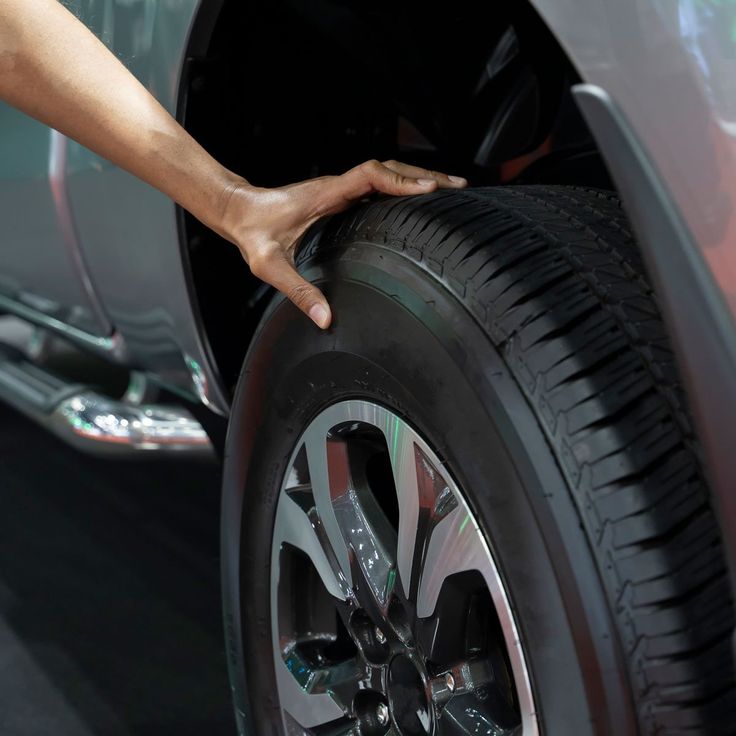
Manufacturers of most brands on their products set Shelf life is 5 years and service life is also 5 years .
The shelf life of a tire is the period during which it retains its performance when properly stored.
The end of this period does not mean that the tires have become unusable . A shelf life of 5 years is given by manufacturers because, by law, they cannot set a shelf life higher than the service life. Tires over 5 years of storage cannot be called damaged or defective, their technical characteristics may be slightly reduced. American researchers argue that the period of storage of "shoes" must be at least 10 years. Experts from Germany are sure that it cannot exceed 6 years.
The expiration date of tires is the warranty period during which the manufacturer is responsible for the quality and condition of the tire if it was used for its intended purpose without violating the operating rules.
According to Russian legislation (GOST 5513, GOST 4754-97) , the service life of tires is 5 years from the date of manufacture.
How can I find out the date of manufacture of tires?
You can find out the age of tires by a special DOT code. Tires manufactured after 2000 in the DOT code contain two pairs of numbers, where the first pair indicates the week number of the year, and the second pair indicates the year. Earlier tires before 2000 have 3 numbers in their composition, where the first two digits are the week number, and the last one is the year (see the transcript in the photo).
Determination of the average shelf life of a tire according to GOST and operating conditions.
- The symbol ZR denotes tires for high-speed cars. They are recommended to be used at speeds over 240 km/h. up to 6 years
- Tires with the H symbol are used at a maximum speed of 210 km/h. within 5 years.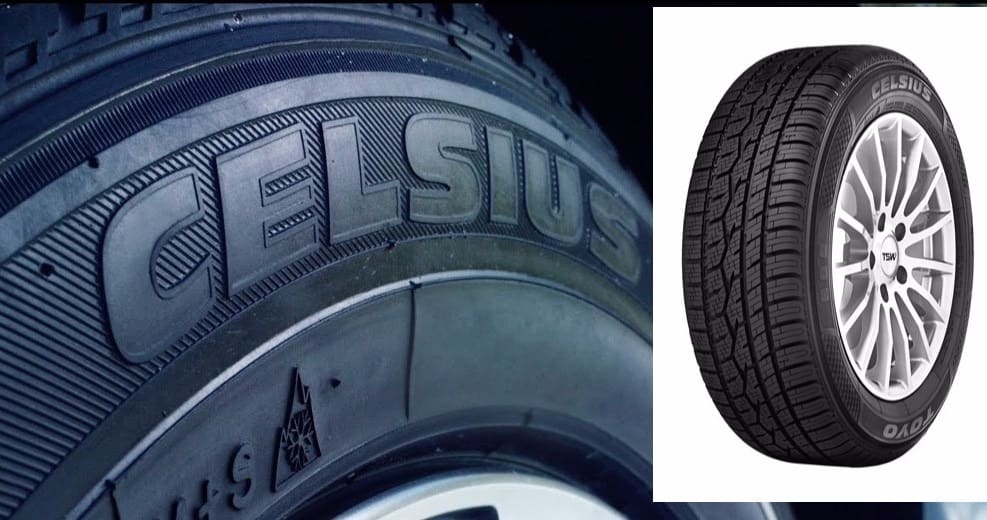
- The sign S symbolizes the maximum permissible speed of 180 km/h. and operational period of 4-5 years.
Most tire manufacturers do not agree that tire life is limited to 5 years. Each company has its own opinion on this matter. We analyzed several of them and the information they posted on their official websites.
Michelin
The French tire manufacturer Michelin has become famous for its active fight against the perception of the rapid aging of tires as a perishable product. Her information campaign "Tires Are Not Bananas" created a lot of noise in the automotive environment. According to the representative office, several test trials were carried out in Saudi Arabia, South Korea and Germany. As a result of testing, no difference was found between new tires and tires stored for 3 years. They were tested for various characteristics such as rolling resistance, high speed durability, etc. Tires with a year life were approximately equal in performance to 10-year unused tyres.
Tires with a year life were approximately equal in performance to 10-year unused tyres.
Michelin focuses the attention of car owners on the fact that tires are not a perishable product, their shelf life is not as important as the service life is important, starting from the date the tires are installed on the rims. It is from this moment that the tire is subjected to all tests: pressure, temperature changes, wear, contact with uneven and sharp coatings, etc.
Continental
On the Russian official website of Continental, we found the following information on the expiration dates of tires.
“When a tire is stored in the correct position and under the recommended conditions, it will not lose its original balanced performance for 5 years from the date of manufacture of the tire.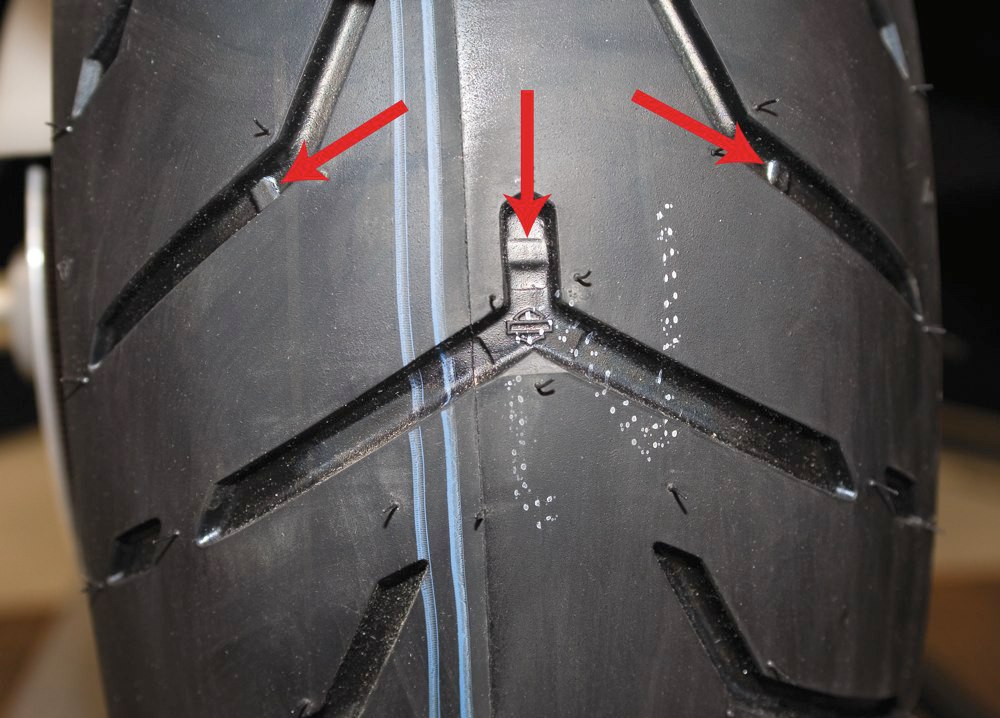
A properly maintained, unused tire less than 5 years old can be sold as a new tire and used normally.
Continental recommends replacing all tires (including spares) with a sidewall date greater than 10 years.
Nokian
The following information is posted on the Nokian official website:
“Tire life is not defined by law, but tires can only be considered “new” if they have been manufactured within the last five years. The recommended service life of tires is six years and the recommended maximum period is 10 years.
The opinion of our specialists, based on many years of experience, coincides with the opinion of manufacturers: the shelf life is 5 years + the service life is up to 10 years. Moreover, more "adult" tires, in our opinion, are of better quality.
To keep tires as long as possible, they are stored in compliance with all rules and recommendations. The main condition is a cool, ventilated, darkened room away from oils, paints, ozone, and heat sources.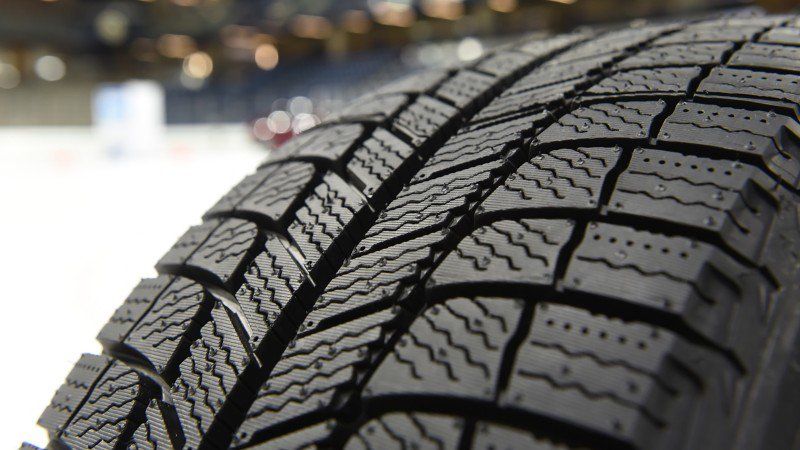
Rubber products tend to lose their performance over the years. To prevent and slow down this process, manufacturers add polymers to the rubber compound. They prevent oxidative processes that occur due to the interaction of protectors with oxygen and ozone.
The following are the main conditions for the proper storage of tires in accordance with GOST 24779-81:
Maintaining a constant regime without sudden jumps, slight temperature fluctuations from -30°С to +35°С are allowed;
Provide a low humidity level of 50-80% in a dry, ventilated cool room;
Avoid direct sunlight, use darkened hangars, shield heat sources;
Keep away from sources of heat;
Tires should not come into contact with corrosive, copper materials.
Avoid kinking, loading or positioning on an uneven surface.
Avoid contact with oils, organic solvents, acids, alkalis, fuels and lubricants on the tire surface. It is forbidden to lay tires on a wet and dirty surface.
It is forbidden to lay tires on a wet and dirty surface.
In the warm season, when storing tires outside, they should be covered with light-tight material and raised above ground level to ensure ventilation and prevent the occurrence of the greenhouse effect.
Storage on reflective, light and heat absorbing surfaces is prohibited.
Keep away from chemicals, oils, paints, open flames, electric motors that produce ozone.
Used tires must be washed and dried.
Tires without rims should be stored upright.
The service life depends on many factors: the load on the car, the quality of the roads, the driving style, the mileage traveled, tire damage, etc. To increase their service life, follow these rules:
Check tire pressure every 2-3 weeks. With reduced pressure, tire wear increases by the equivalent of a % reduction. For example, a 15% reduction in pressure can result in a 15% reduction in service life. Inflated tires are less scary.
For example, a 15% reduction in pressure can result in a 15% reduction in service life. Inflated tires are less scary.
The wear of the front tires is always significantly higher than the rear ones, so it is recommended to swap them after some time, carefully watching the direction of the tread pattern and the direction of rotation.
Proper alignment of tires in relation to rims. If the direction is not the same, then performance is significantly reduced.
To prevent damage to the sidewalls of tires, avoid close proximity to curbs and high ledges.
Wash off dirt from the surface of the rubber and from deep grooves with special cleaning agents.
Adhere to an even driving style without harsh brakes and quick starts.
Do not overload the car beyond the norm. 20% excess weight leads to a 30% loss of tire life.
Keep the wheels balanced and check the alignment angles annually.
The main condition for a long tire life is:
- high quality products,
- careful operation,
- proper storage of tires in the off-season,
- timely diagnosis.
The age of tires in standard storage is a minor non-determining factor that should not be taken into account when buying them.
Previous article Next article
Reading 5 min. Views 46.2k. Posted by Updated
Winter tires are softer than summer tires, therefore, they wear out much faster. So what is the lifespan of winter tires? How to buy good studded tires in the secondary market and not regret it? Let's take a closer look at this important topic for motorists.
Contents
All car tires are made from a rubber compound and are therefore subject to gradual wear. The degree of wear is influenced by many factors. But there are standards that allow you to determine
The degree of wear is influenced by many factors. But there are standards that allow you to determine
According to Russian GOST 4754-97, pneumatic tires for passenger cars have a warranty period of 5 years from the date of manufacture. For off-road tires, this expiration date according to GOST has been increased to 10 years.
If your tires are over 5 years old, have them thoroughly inspected before use.
The use of rubber older than 8 years from the date of manufacture is very dangerous. During such a period, the rubber product becomes inelastic, and the grip of your passenger car with the road on these tires will be extremely low.
Finding out the age of a tire is easy, just look at the markings on the side of the tire. The year of manufacture is the 3rd and 4th digits of the code, while the 1st and 2nd indicate the week of production.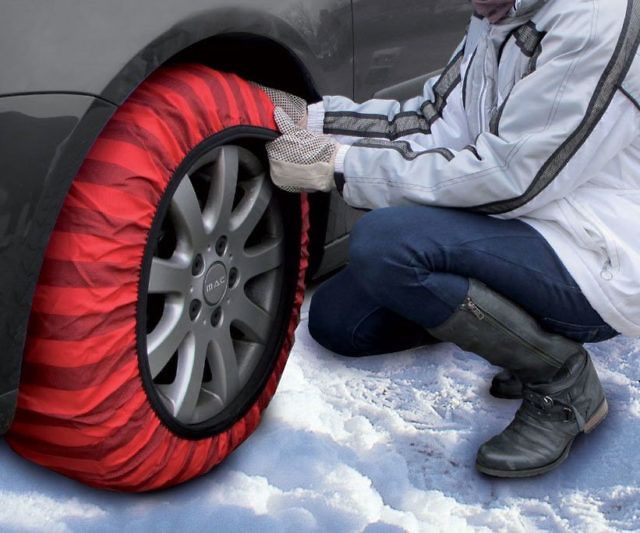 From this date, count the expiration date of rubber according to GOST.
From this date, count the expiration date of rubber according to GOST.
There are 2 types of winter tires:
Each of them has its advantages and disadvantages.
studded tires are safer on snow. They are not afraid of severe frosts . They show good grip on roads covered with ice and sleet, which shortens the braking distance. When driving on wet asphalt, the result is worse than Velcro. By The disadvantages of studded tires include high weight, high noise levels, rapid wear and increased fuel consumption.
Velcro tires are made from soft rubber that withstands low temperatures. This ensures perfect traction with the road surface, or “sticking”. Velcro is ideal for mild climates (not below 0°C) and city driving. For driving on ice and snow are unsuitable for , the braking distance is longer than for tires with spikes.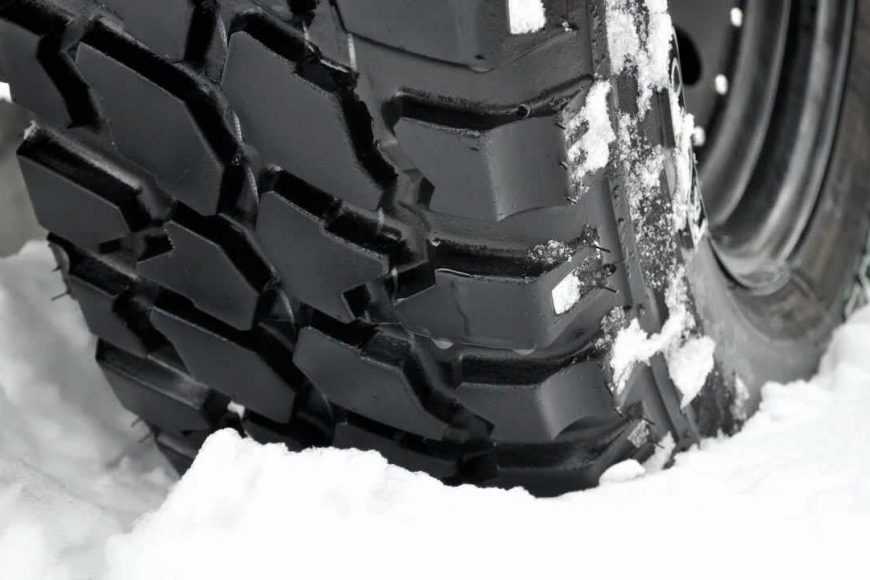 The service life of Velcro winter tires is longer than studded.
The service life of Velcro winter tires is longer than studded.
Velcro winter tires always last longer than studded tires. But such tires are not suitable for the Russian winter.
When asked about tire life, Nokian replied: “The recommended tire life is six years and the recommended maximum is 10 years.” They also advised to pay more attention to checking their technical condition, rather than the date of production.
The wear and tear of automobile tires is affected by many factors : country of manufacture, mileage, operating and storage conditions.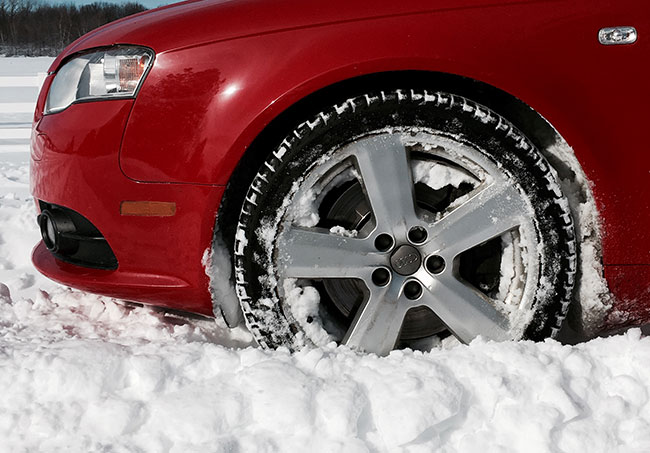 We list the main ones.
We list the main ones.
Store rubber in a cool, dark and dry place. Too high temperature, humidity and sun are detrimental to rubber products . Tires on rims should be stacked for storage and empty tires stacked vertically side by side.
Regularly check the pressure in the tires - low values adversely affect the service life. Also do not pump tires, when using the pump, be sure to check the result with a pressure gauge. For the winter period, the pressure is 0.2 bar higher.
Reduced tire pressure by 2 bar increases the braking distance by 1.5 times.
Refer to the following table for the correct values.
For the long life of car tires and their minimum wear, you should follow the rules:
 So you will extend the life of studded tires by 40%, compared to driving at speeds over 120 km per hour.
So you will extend the life of studded tires by 40%, compared to driving at speeds over 120 km per hour. Another danger for tires is the imbalance of the wheels of a car. This also increases the wear rate of the rubber. When changing tires from winter to summer and vice versa, be sure to balance the wheels.
Also, due to the imbalance of the toe, the car loses control, it pulls to the side, which can lead to an accident.